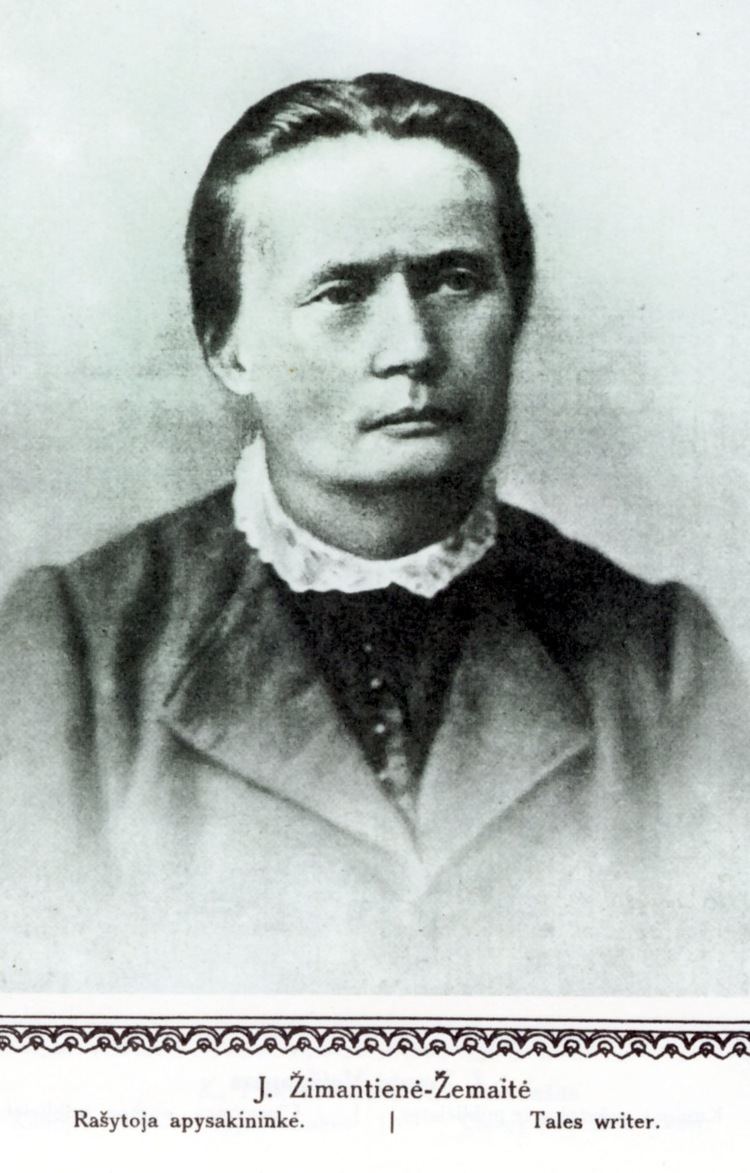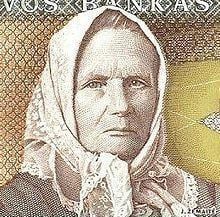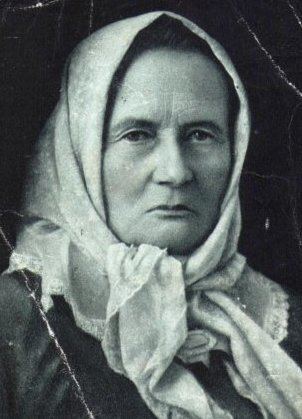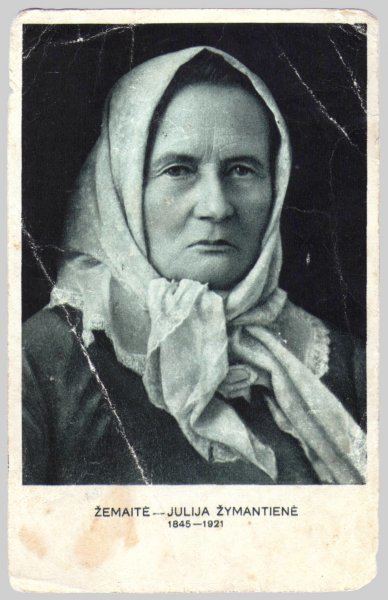Role Writer Name Julija Zymantiene | Children Antanas Zymantas | |
 | ||
Full name Julija Beniuseviciute-Zymantiene Parents Antanas Beniusevicius, Julijana Sciepuraite Siblings Emilija Beniusevicius, Petronele Beniusevicius, Juzefa Beniusevicius Similar People Jonas Biliunas, Gabriele Petkevicaite‑Bite, Antanas Smetona, Steponas Darius, Kazys Grinius | ||
Santara viesa emait xxi am iuje
Žemaitė (literally female Samogitian) – a pen name of Julija Beniuševičiūtė-Žymantienė; 4 June [O.S. 23 May] 1845 in Bukantė near Plungė – 7 December 1921 in Marijampolė) was a Lithuanian/Samogitian writer. Born to impoverished gentry, she became one of the major participants in the Lithuanian National Revival. She wrote about peasant life in the style best described as realism.
Contents
- Santara viesa emait xxi am iuje
- Gabriel Petkeviait Bit GRAI PRIGIMTIES DAINA Eng Subtitles
- Life
- Works
- Legacy
- References
On 4 June 2014, Google Doodle chose Žemaitė as doodle theme.
Gabrielė Petkevičaitė-Bitė - GRAŽI PRIGIMTIES DAINA Eng Subtitles
Life
Žemaitė was born in the distant manor house in the Kovno Governorate of the Russian Empire. As a child, she was forbidden by her parents to play with the children of serfs or learn the Lithuanian language. Like many of the Lithuanian gentry, her parents had become Polonized, and were of the belief that speaking Lithuanian was a step backward socially. Nevertheless, she did learn the language and gained a deep affection for the common people. She understood the burden of serfdom, and the resulting misery that came from poverty. This perspective would later form the basis for much of her creative work. Žemaitė did not receive a formal education and was largely self-taught from the many books she read.

She strongly supported the uprising of 1863, and few years later married an active participant of the uprising, Laurynas Žymantas. They met on the Džiuginėnai estate, where they were both employed. For the next twenty years, Žemaitė worked on their farm, raised their children, and battled poverty. In 1883, the family moved to a village near Užventis. She came in contact with Povilas Višinskis who gave her various Lithuanian periodicals (Aušra, Varpas, Apžvalga), and encouraged her to write and participate in the national awakening of Lithuania. Her first work, Autumn Evening (Lithuanian: Rudens vakaras), was published in a calendar in 1895. Višinskis and Jonas Jablonskis helped her and edited her works and gave her advice, and thus a talent was awakened.

In 1912, she moved to Vilnius where she worked as administrator and on the editorial staff of several publications. During World War I, she first emigrated to Russia and subsequently to the United States, where her son Antanas had been living for several years. There she gave lectures to various Lithuanian-American organizations, collected funds for the victims of the war, and wrote articles for the local press. In 1921, she returned to Lithuania, and died the same year.
Works

Žemaitė wrote about peasants in a vernacular that closely resembled the language spoken by them – lively and rich in vocabulary. Her works are usually dark as she depicts poverty, materialism, and arguments within a family. The author paints natural images of everyday life with petty conflicts, lively conversations, impoverished surroundings, and beautiful nature. She does not offer any explanations, theories, or suggestions. Even though born to a gentry family, she did not describe gentry life as it was foreign and unfriendly to her. She wrote the best works in 1896–1898. Among some 150 works, best known are:
Legacy

